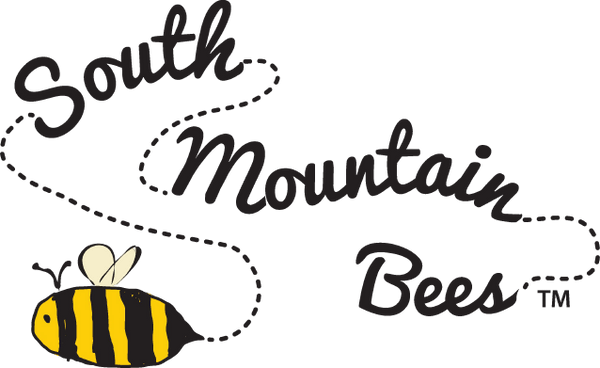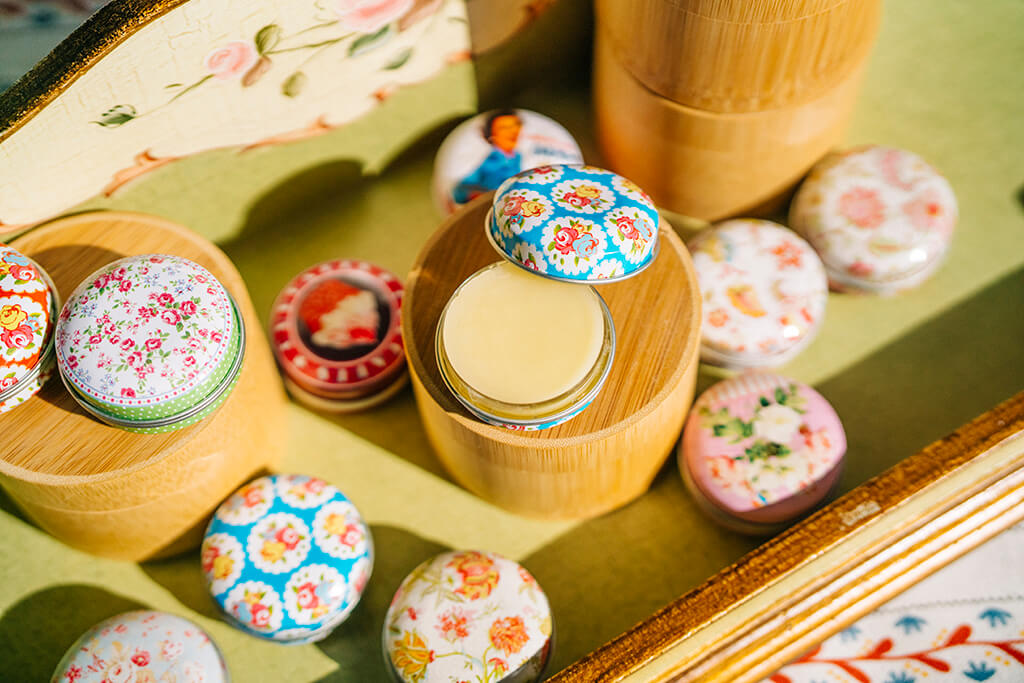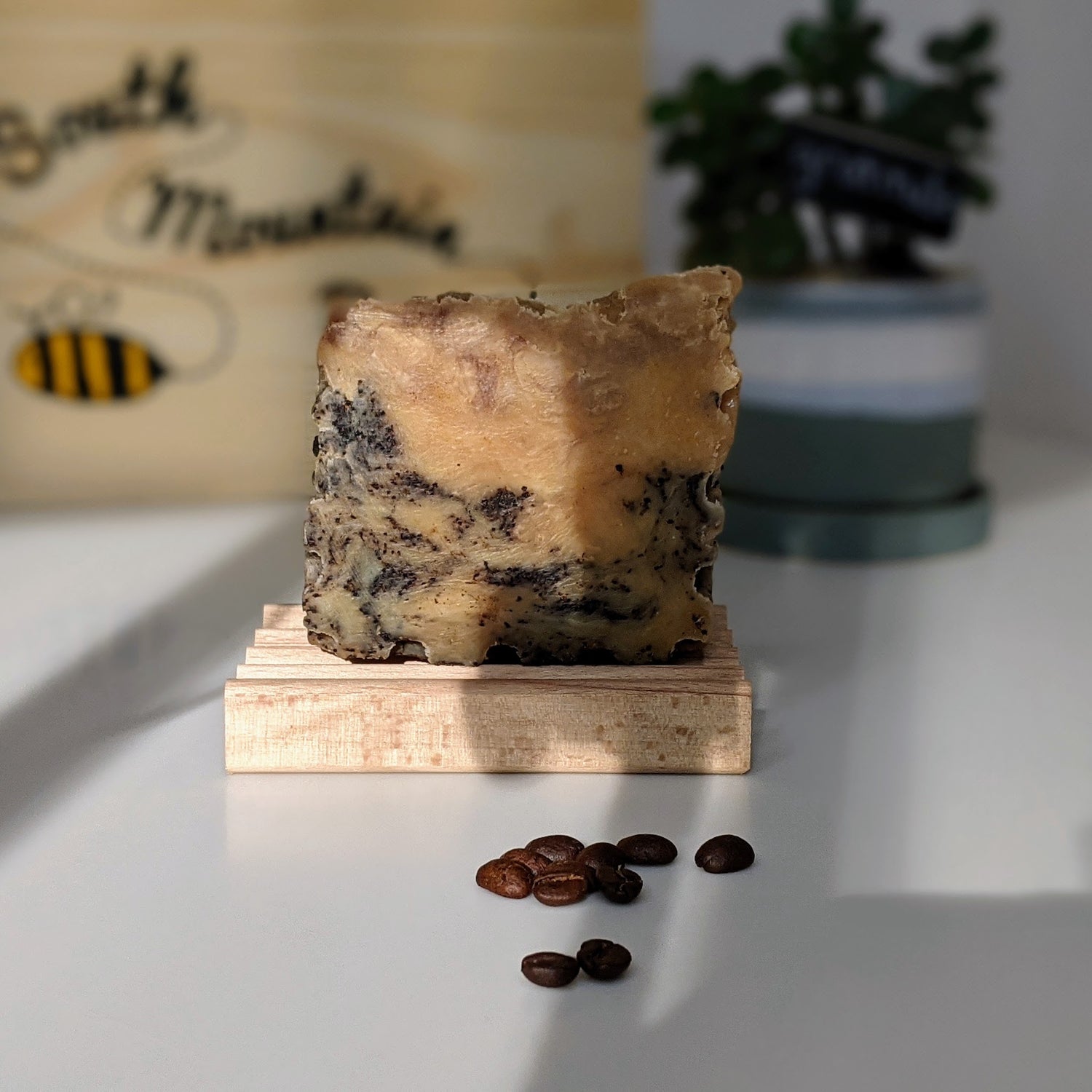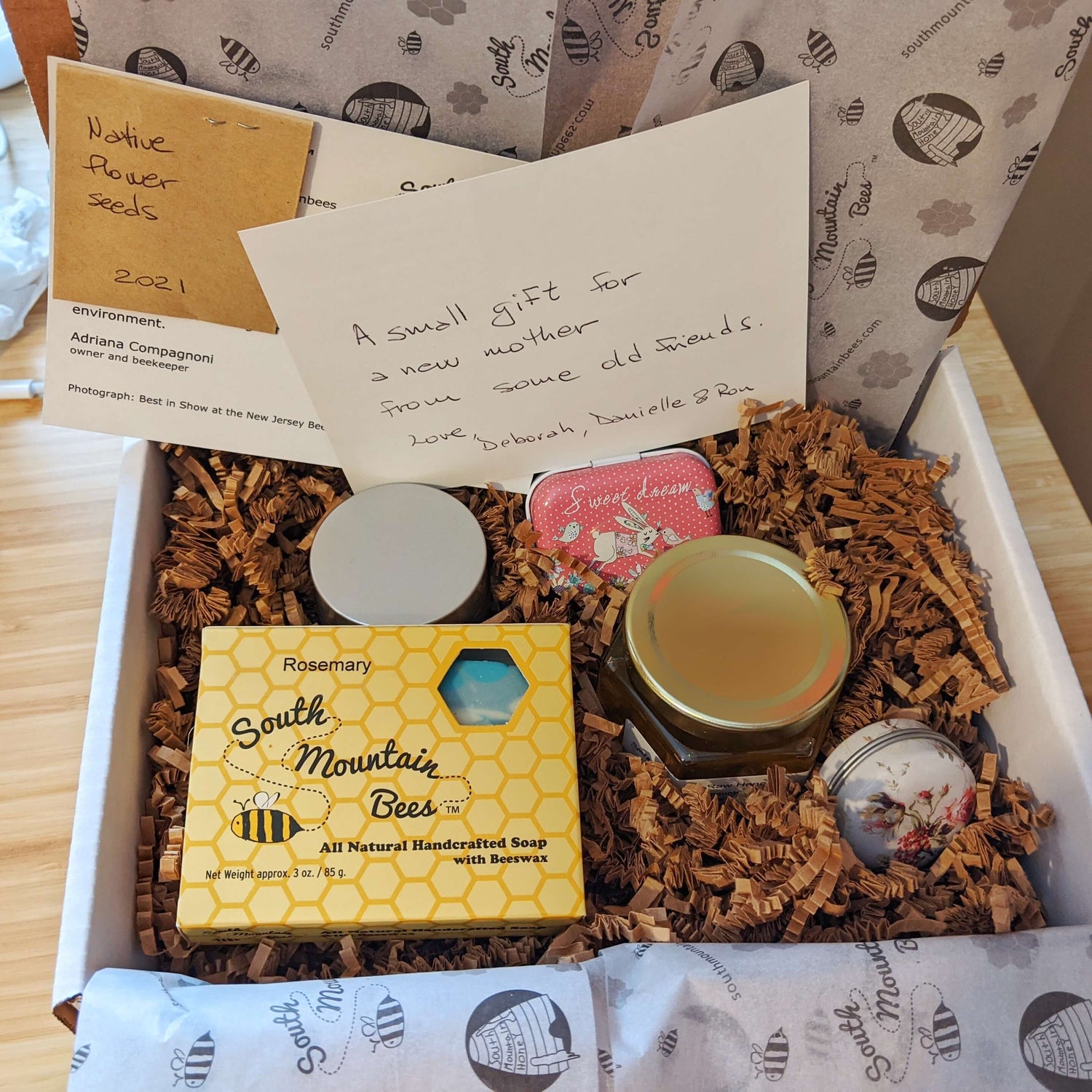Hi! I am Adriana, the beekeeper from South Mountain Bees.
Have you heard of flower flies? Many people mistake them for bees or wasps. It's a good disguise to look like a stinging insect. 😊
Here's a clip I made on Sunday, where a flower fly was gathering pollen from a Japanese anemone.
You can often see them on rudbeckia hirta, commonly known as black-eyed Susan. Flies are the most important pollinators, only second to bees, according to Connie Schmotzer, Penn State Extension educator and Master Gardening Program coordinator. Some flies are parasitic, and besides being beneficial pollinators, they help get rid of garden pests.

Flower flies are also known as hoverflies, and there are many different kinds. I managed to photograph a few different ones in our garden.
Here's a beautiful one I caught on a lettuce flower. I transplanted this volunteer lettuce plant, which had grown in the garden path, into a garden bed, to give it a chance to develop, but it got hot quickly and the plant bolted. That's what gardeners say when a plant that was meant to be a leafy green like lettuce, or a root plant like carrots or beets abandons its original mission and starts to develop flowers to make seeds. And sure enough, this pretty flower fly came to help turn the flower into seeds in exchange for some pollen and nectar.

You can see distinctive features such as the eyes and the fact that they only have two wings. Bees and wasps, in contrast, have four wings.
My giant mustard also decided it was time to make seeds, and this flower fly didn't object. Did you ever grow giant mustard? I got just a few seeds in a spicy lettuce mix, a few years ago, and I never needed to buy seeds again. You only need one of the plants to go to seed, and you will grow enough giant mustard to feed a village.

Here's what the giant mustard leaves look like. I find them too spicy to eat in salads, but they are great sautéed with onions as a side dish.

Here's another beauty I spotted a few years ago. It looks like the orange spot is another insect hitching a ride.

I hope you'll have fun identifying flower flies in your garden from now on. Fear not! They don't sting!
And now that the weather has changed, and the trees are screaming fall colors if you are doing your first-year fall garden, as I am. This is a good time to order last-minute supplies to protect the fall veggies from the fall frost that will be here before we know it. But fall is also a great time to look at notes, start planning next year's garden, and choose flowers that will attract these showy pollinators to your garden.
As I mentioned in a summer blog post, I attended a virtual seminar on gardening for pollinators by Connie Schmotzer, and she suggested many native plants to attract pollinators including flies and hummingbirds. Great pollinator-friendly plants include trees such as red maple, redbud, and also plants such as blueberry, aster, Virginia bluebells, merry bells, wild geranium, monarda, milkweed, goldenrod, Ohio spiderwort, culver's root, mountain mint, Joe Pye weed, and Virginia mint.
Have fun planning next year's garden! And before I go, remember that with every purchase you join us in helping save the bees.




